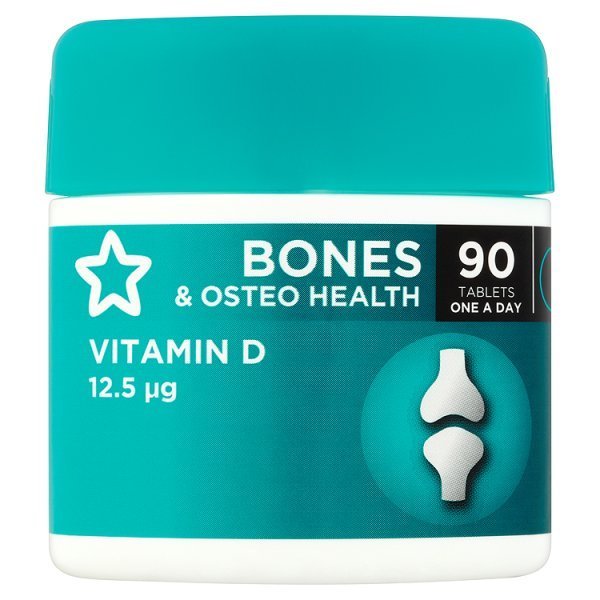

They were similar to the IOM’s, but with a higher upper limit for adults of 10,000 IU/day.Ī Statistical Error in the Estimation of the Recommended Daily Allowance for Vitamin D – The first research paper on the subject, written by Paul Veugelers and John Ekwaru and published October 2014 in Nutrients and explained in this blog.Ĭanadian and US Petition – Pure North, a non-profit organization in Canada committed to delivering wellness programs, started a petition right away.

The Vitamin D-lemma – Written by Amy Maxman for Nature, a well-researched news article on the new RDA and the scientific community’s reaction to the new recommendations.Įndocrine Society Guidelines – Michael Holick led a team of vitamin D researchers to publish standards for the Endocrine Society. Immediately after the new recommendations were issued, there were the following key publications: Several vitamin D researchers disagreed with the new recommendations based on two main points: 1) That 20 ng/ml is not enough for bone health, the goal for that should be 30 ng/ml (75 nmol/L) and 2) That even if the goal is 20 ng/ml, the RDAs set will not meet that goal for 97.5% of the population – the math was not done correctly.

What does the vitamin D scientific community think? For vitamin D, the panel concluded that 20 ng/ml (50 nmol/L) was the correct goal for vitamin D blood levels (25(OH)D) to maintain bone health and the RDA was set to allow 97.5% of the population to get to that level. The RDA is set at a level determined to be sufficient for 97.5% of the population meet or exceed the specific nutrient requirement. Source: Vitamin D Fact Sheet for Health Professionals In November 2010, the IOM issued an updated recommended dietary allowance (RDA) and tolerable upper limit (UL) for vitamin D with recommendations varying by age. In 2015 the name was changed from the Institute of Medicine to the National Academy of Medicine, but with regard to recommendations that were set before the change people still refer to the IOM. The Institute of Medicine (IOM) is the branch under NAS that is concerned with medical matters. Its purpose is to provide independent, fact-based recommendations on scientific matters including science, engineering, and medicine. The National Academy of Sciences (NAS) is a private, non-profit institution comprised of scholars in various scientific fields, most of whom donate their time. A recent vitamin D supplement review by Consumer Labs referenced the “safe upper tolerable intake” of 4,000 IU per day for vitamin D, set by the National Academy of Sciences (NAS, previously the IOM), and labeled supplements containing more as “very high dose” with a warning to reference the IOM limit.


 0 kommentar(er)
0 kommentar(er)
